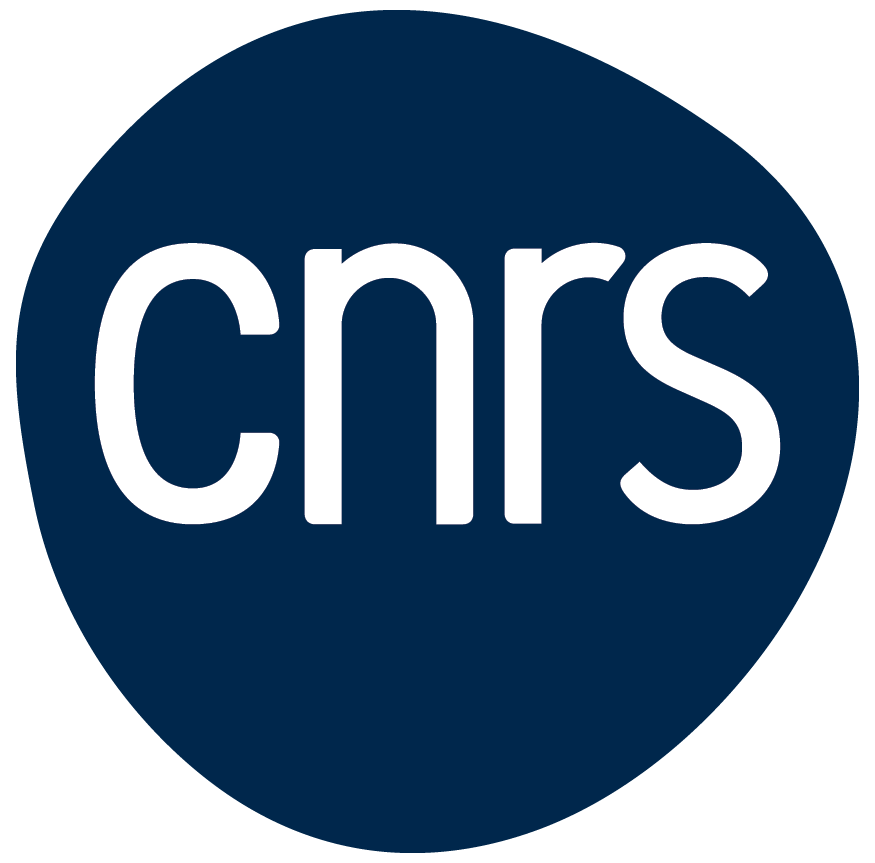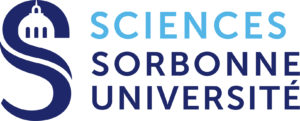 Left: normal glass; right: with alternating rain and sunshine, self cleaning glass stays cleaner (and hydrophilic) (Saint-Gobain).TiO2 is known to be photo-catalytic : under solar irradiation, organics adsorbed at the surface are oxidized. This mechanism provides a simple rationale for the self-cleaning properties of TiO2. However, it does not explain why mineral contaminants are eliminated as well. In fact, smaller dust particles should stick all the better as the surface is deprived of organic contaminents... We have demonstrated that UV irradiated TiO2 layers are non-adhesive in the presence of water, thus preventing adhesion of mineral particles : surface forces measurements by Atomic Force Microscopy reveal that after UV irradiation, an additional short range interaction appears. This strongly repulsive force screens the ubiquitous van der Waals attraction and suppresses adhesion.
Left: normal glass; right: with alternating rain and sunshine, self cleaning glass stays cleaner (and hydrophilic) (Saint-Gobain).TiO2 is known to be photo-catalytic : under solar irradiation, organics adsorbed at the surface are oxidized. This mechanism provides a simple rationale for the self-cleaning properties of TiO2. However, it does not explain why mineral contaminants are eliminated as well. In fact, smaller dust particles should stick all the better as the surface is deprived of organic contaminents... We have demonstrated that UV irradiated TiO2 layers are non-adhesive in the presence of water, thus preventing adhesion of mineral particles : surface forces measurements by Atomic Force Microscopy reveal that after UV irradiation, an additional short range interaction appears. This strongly repulsive force screens the ubiquitous van der Waals attraction and suppresses adhesion.
 Model silica particle glued to an AFM cantilever for adhesion force measurements in water.To ascertain the nature of this additional short range force, we have used second harmonic generation to demonstrate that there is no UV induced trapping of surface charges. With ambient pressure X-ray photo-electron spectroscopy, we have also shown that UV irradiation does not generate more surface OH groups. This short range repulsive force appears to be intrinsic to the clean TiO2 surface and should therefore be ascribed to surface hydration. In any case, it is certainly a key phenomenon for a strong self-cleaning capacity.
Model silica particle glued to an AFM cantilever for adhesion force measurements in water.To ascertain the nature of this additional short range force, we have used second harmonic generation to demonstrate that there is no UV induced trapping of surface charges. With ambient pressure X-ray photo-electron spectroscopy, we have also shown that UV irradiation does not generate more surface OH groups. This short range repulsive force appears to be intrinsic to the clean TiO2 surface and should therefore be ascribed to surface hydration. In any case, it is certainly a key phenomenon for a strong self-cleaning capacity.
Recent Publications
- R. Jribi, E. Barthel, H. Bluhm, M. Grunze, P. Koelsch, D. Verreault, E. Søndergård, UV-irradiation suppresses adhesion on TiO2, J. Phys. Chem. C 113 (2009) 8273-8277 - Journal Page, Hal


